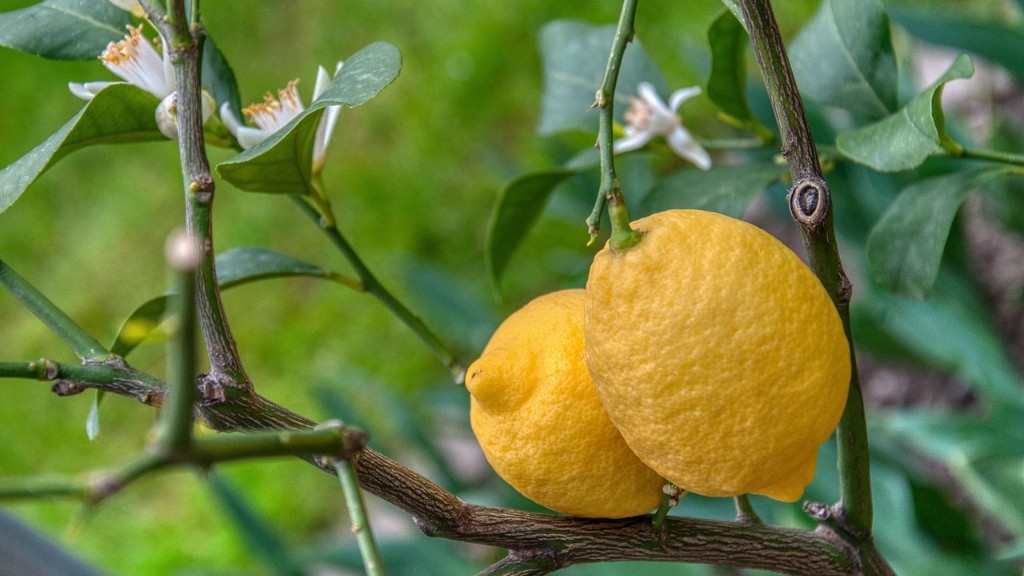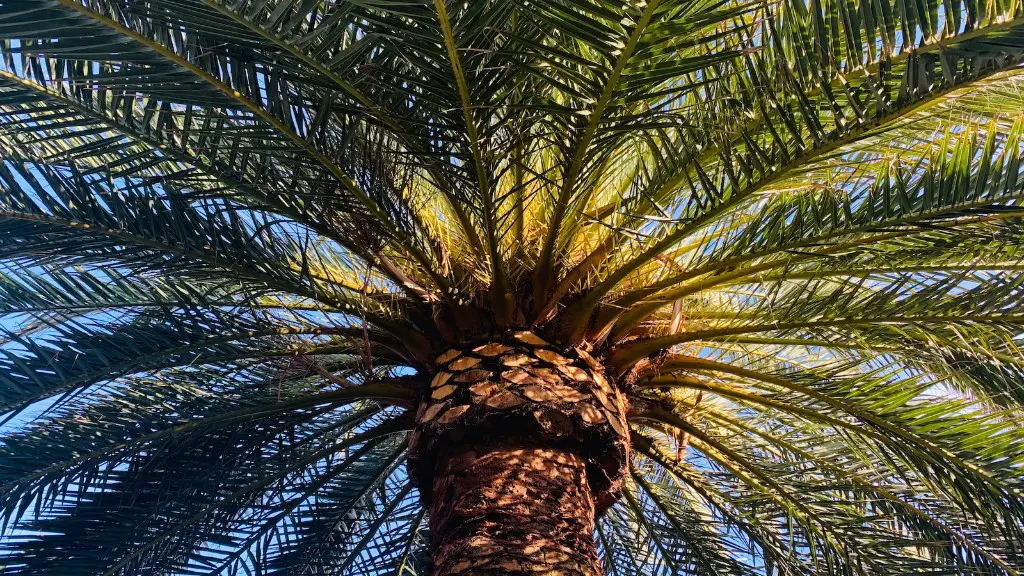Resuscitating a lemon cypress tree requires pruning, changing the soil, and providing adequate light and water. Pruning is the initial step in reviving a lemon cypress tree, and should take precedence over any other steps. Begin by removing any dead, damaged, or diseased branches and growth as well as lighter, fuzzy wood. The second step is to revise the soil, as it will require something that is slightly acidic in order for the tree to survive and thrive. An ideal soil will have a pH of 4.5-6.0. The third step is to ensure that the tree has enough light; lemon cypress trees prefer well lit areas and do not enjoy stagnant, cloudy, or humid climates. Finally, water your lemon cypress tree routinely to ensure that the tree is not deprived of the moisture it needs.
Fertilizing the Lemon Cypress Tree
Once you have properly pruned, adjusted the soil and provided the appropriate amount of light and water, the next step is to fertilize the tree. This is particularly important during the planting process. The best type of fertilizer to use is an all-purpose annual fertilizer with a slow-release macronutrient (N-P-K) ratio. Applying the fertilizer in late spring or early fall is ideal. Be sure to not over-fertilize and stick with the recommended amounts for the best results.
Managing Insects and Diseases
A lemon cypress tree should be managed to handle both pests and diseases. Being on the lookout for insect or disease activity is important, as too much of either can cause significant damage to the tree. Diseases should be washed off by hosing down the leaves with a moderate-pressure water spray or a mild fungicide. Insects such as aphids or scale can be treated through organic methods or chemical products, depending on the severity of the problem.
Monitoring the Progress
Once you have cared for the lemon cypress tree properly, it’s important to monitor the progress to ensure that the tree is growing correctly. Pay attention to the changing colors of the leaves and their size, as well as whether the tree is getting larger. If you notice dead leaves, prune them off and take a closer look at the leaves for signs of disease or pests. Keeping an eye on the bark of the tree is also important, as damage or disease can appear here as well.
Making Sure the Environment Is Conducive to Growth
The last step to reviving a lemon cypress tree is to make sure that the environment is conducive to its growth. This means making sure that the temperature, humidity, and even the soil pH are at the right levels. The ideal temperature that the lemon cypress tree prefers is 50-80°F, but it will tolerate higher temperatures as long as solar radiation is minimized. The ideal pH for the soil is 4.5-6.0, and the humidity level should be at least 50%, preferably higher.
Determining the Right Amount of Water
The key to reviving a lemon cypress tree is understanding how much water it needs. When first planted, the tree will require more frequent watering and the soil should be kept moist for the best results. Once the tree is established and acclimated, the amount of water can be decreased. Depending on the climate, the tree may only need watering once a week or less.
Controlling Air Flow
Poor air flow can become an issue when reviving a lemon cypress tree as too much or too little can affect the health of the tree. Too much air flow can lead to dehydration, while not enough can lead to disease and extended periods of dormancy. Make sure to not overcrowd the tree when planting and make sure that the area where the tree is growing is well-ventilated.
Checking the Drainage System
An important step to consider when reviving a lemon cypress tree is to make sure that the drainage system is functioning properly. If the soil does not drain properly, then stagnant water can accumulate and cause root rot or other types of damage. If the tree is planted in an area with poor drainage, its roots should be monitored and the tree may need to be moved to an area with better drainage.


